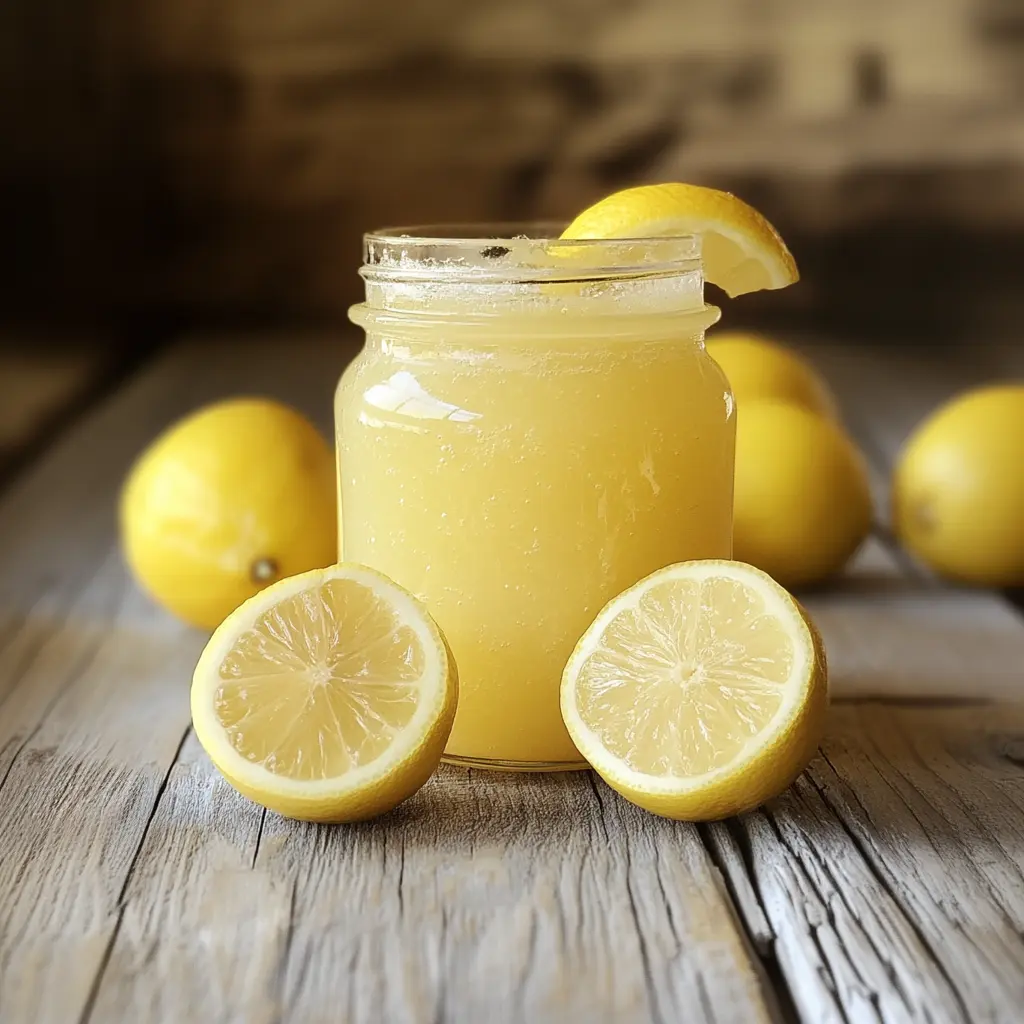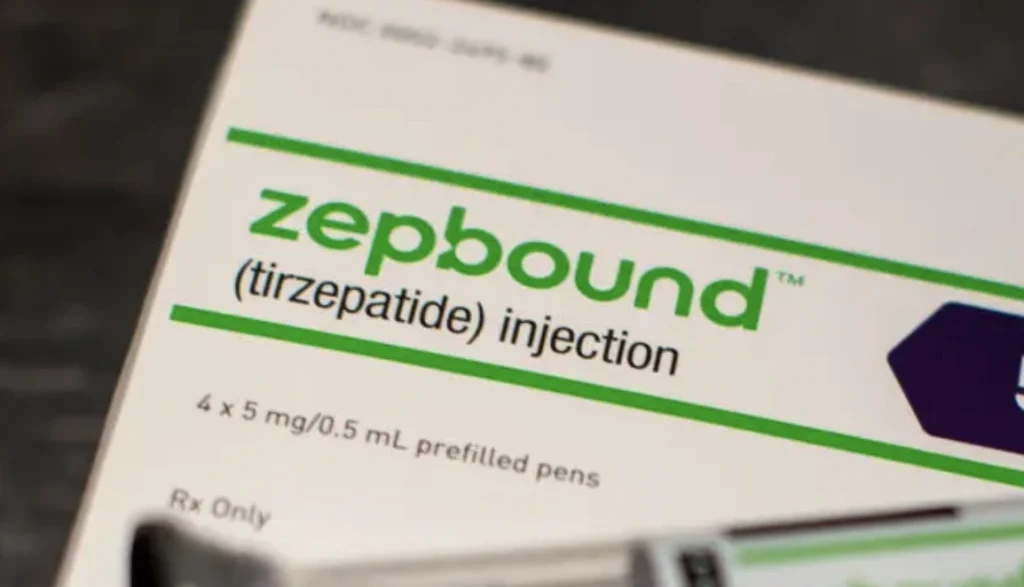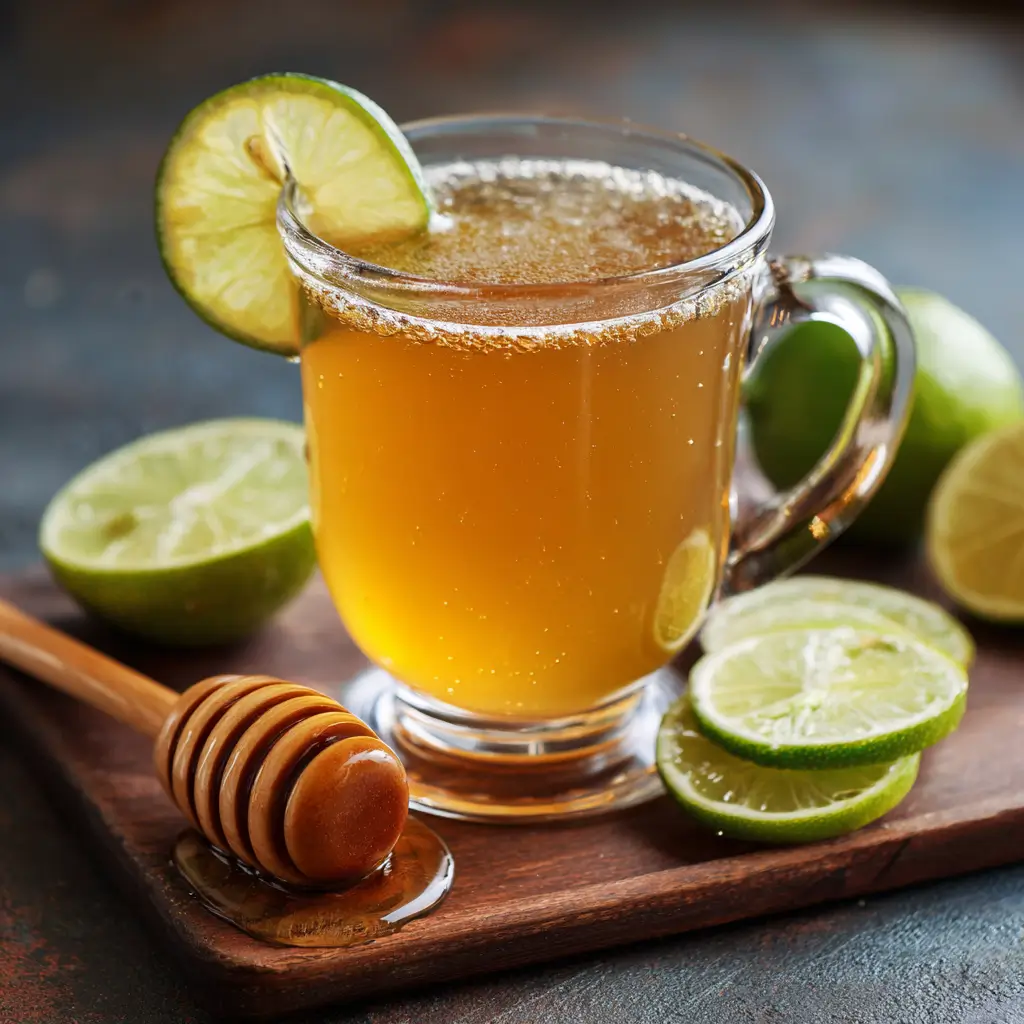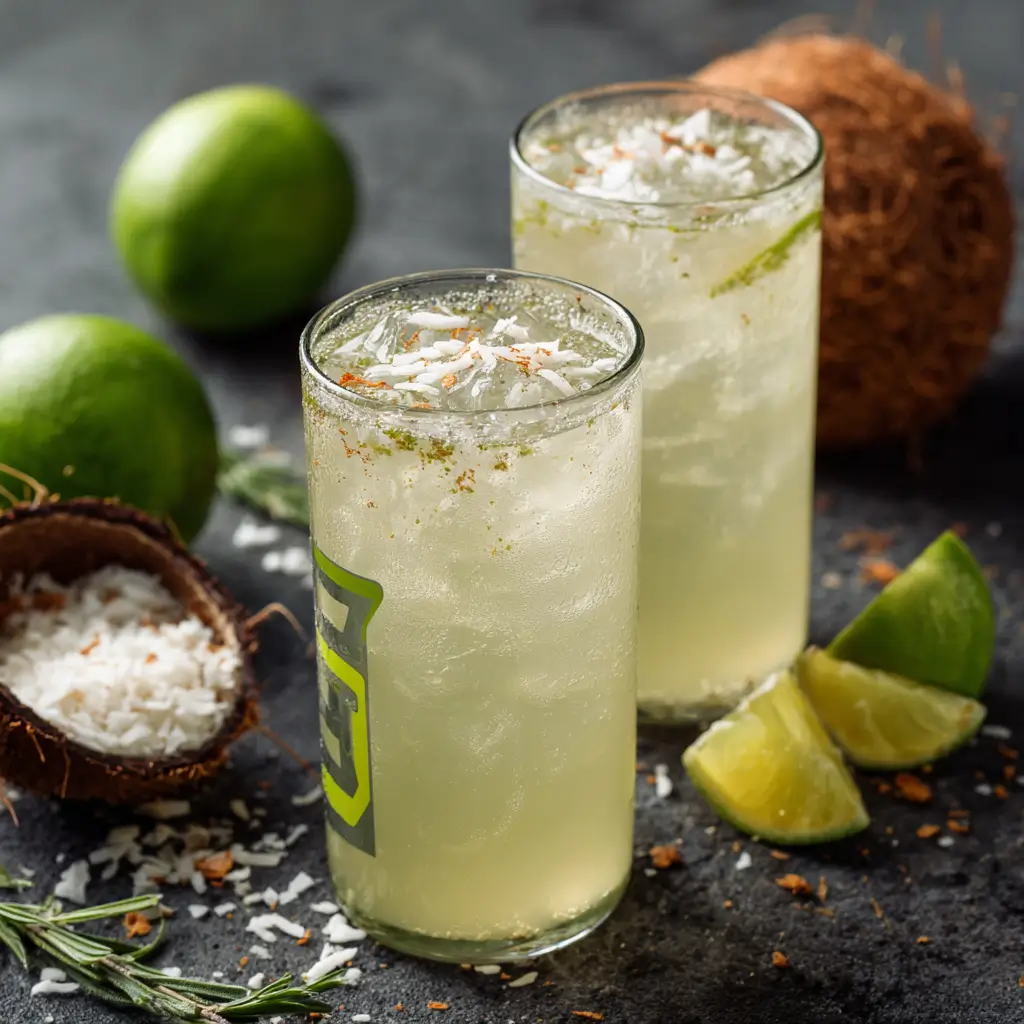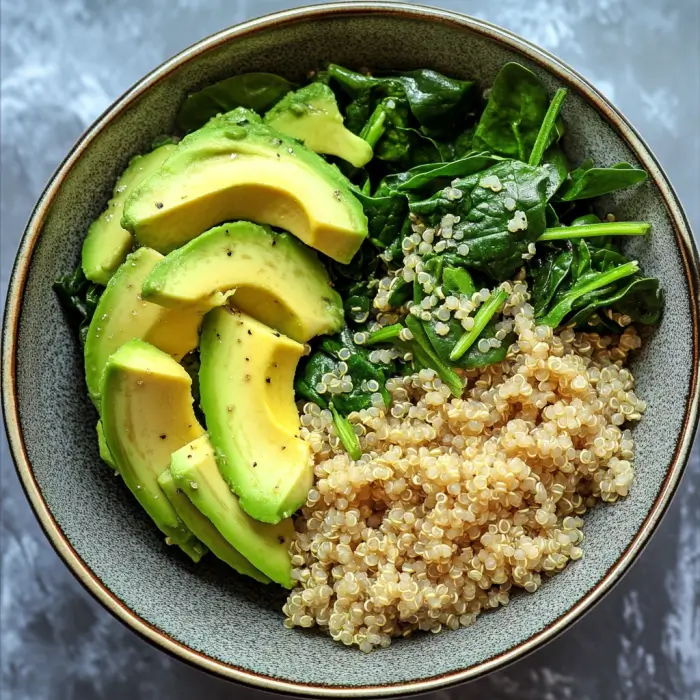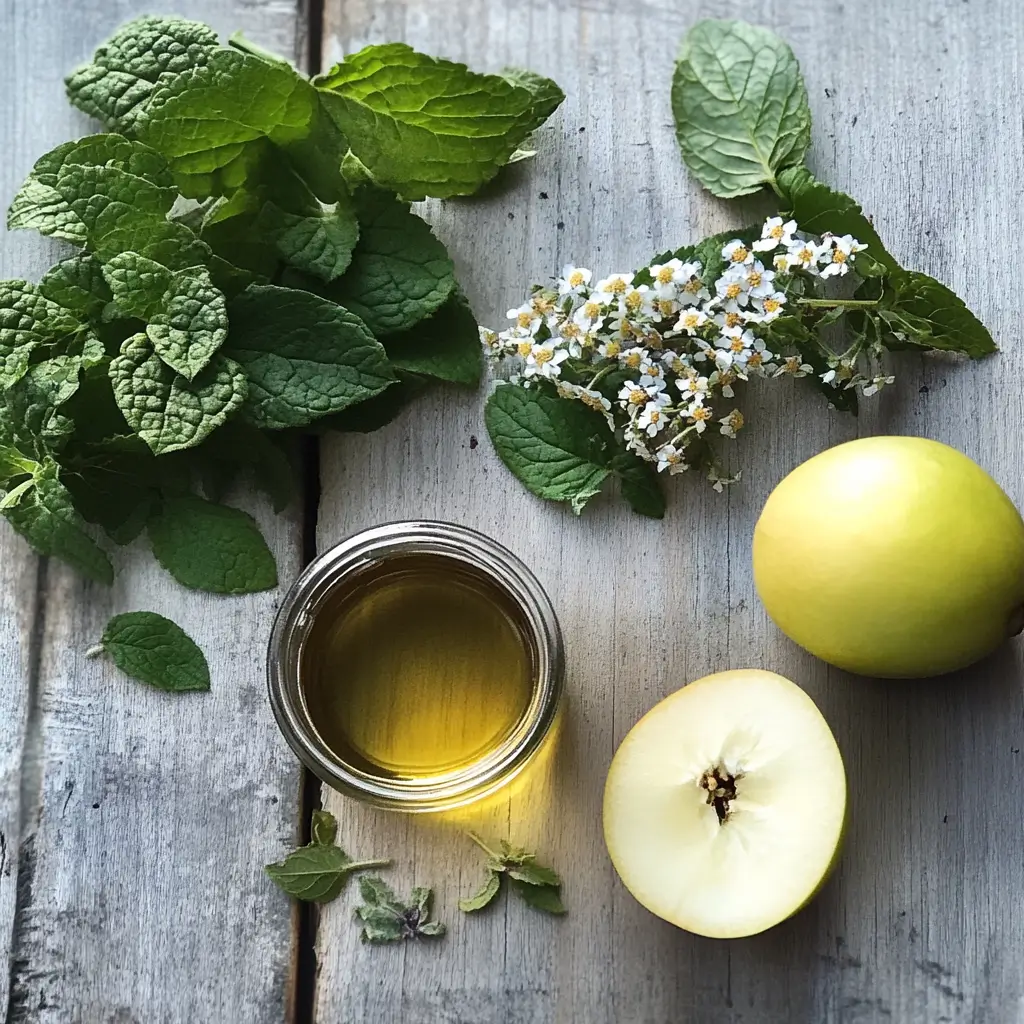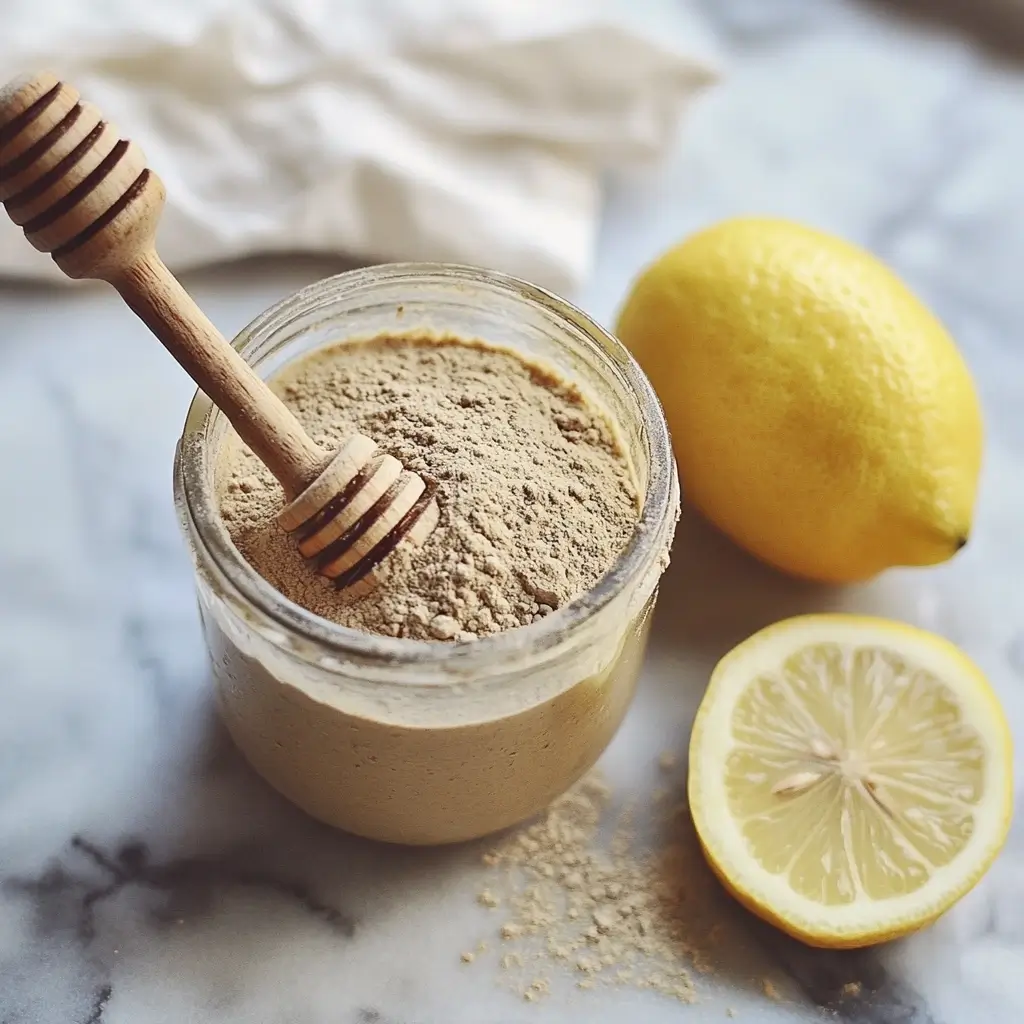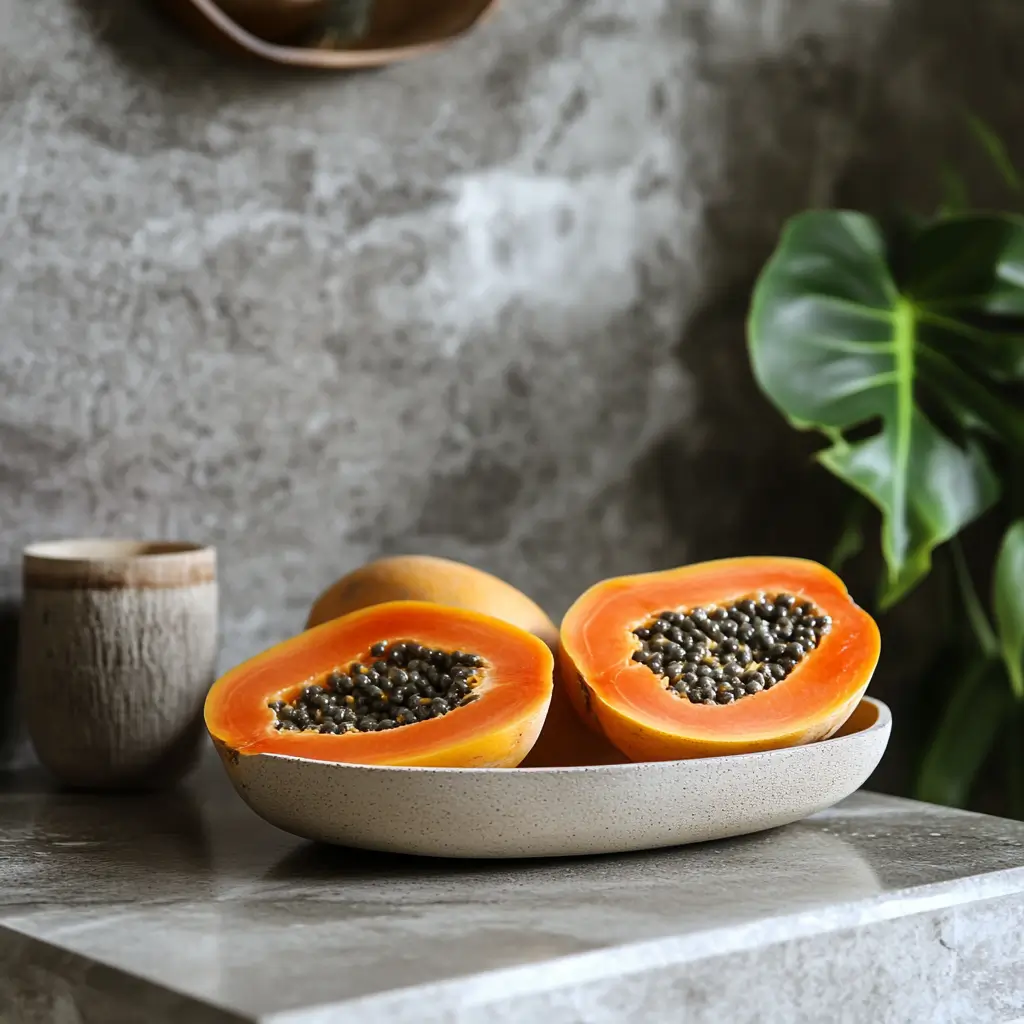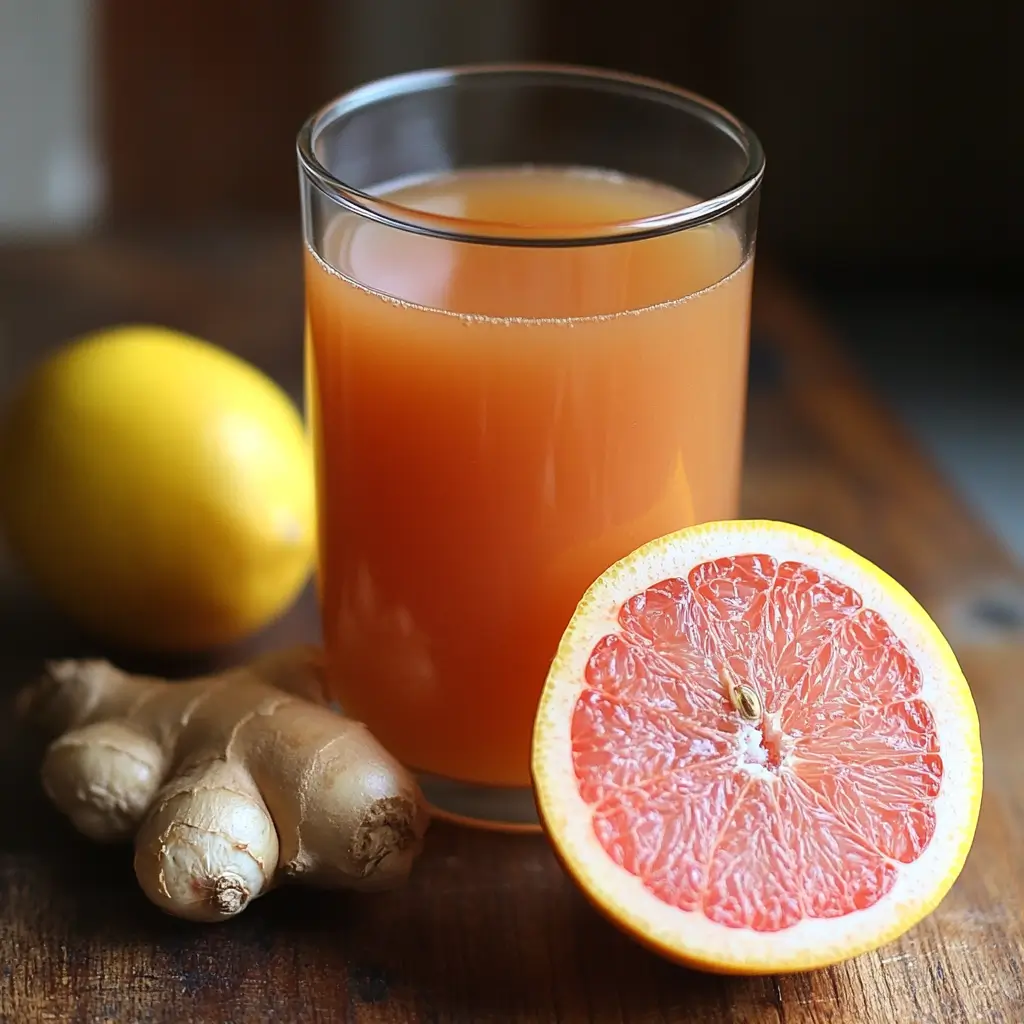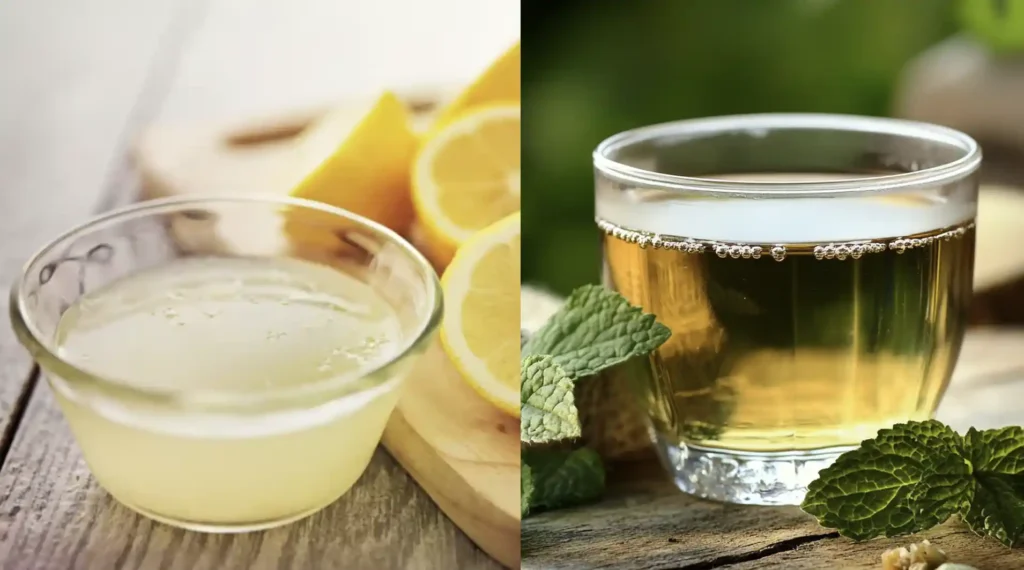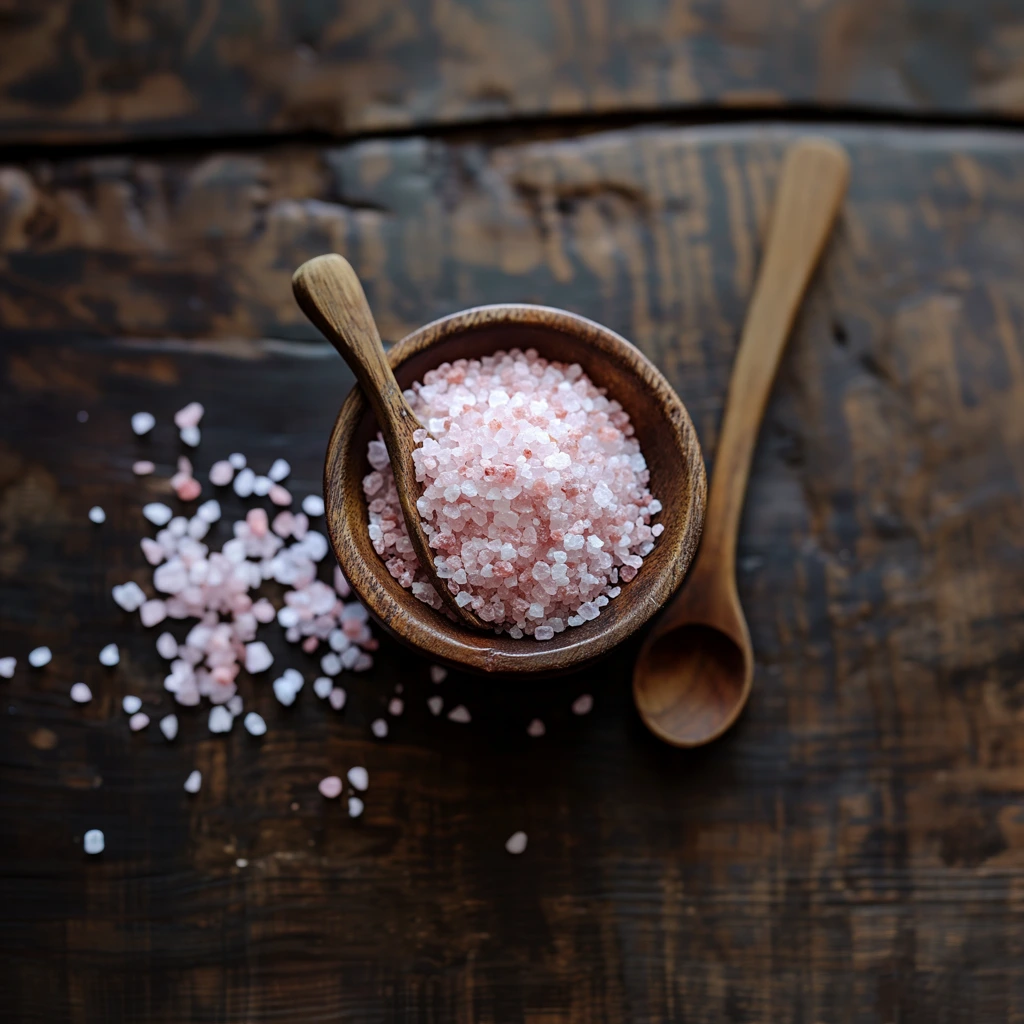
Miyazaki Mango: Why It Is Worth the Cost
The Miyazaki mango, also known as “Taiyo no Tamago” or “Egg of the Sun,” is one of the most exquisite and expensive mangoes in the world. Originating from Miyazaki Prefecture in Japan, this mango is renowned for its exceptional quality, meticulous cultivation process, and extraordinary flavor. But what exactly makes the Miyazaki mango so special, and why does it command such a high price?
Cultivation and Quality
The cultivation of Miyazaki mangoes is a labor-intensive process that ensures each fruit meets the highest standards of quality. These mangoes are grown in greenhouses under controlled conditions that optimize sunlight exposure and protect them from pests and harsh weather. Each mango is carefully wrapped in a netted bag to prevent blemishes and is supported by strings to ensure uniform sunlight exposure, which enhances its vibrant red color and rich flavor (Japanese Taste) (OddFeed).
Farmers in Miyazaki take extraordinary measures to ensure the perfect growth of these mangoes. For instance, some farmers use reflective milk cartons to ensure even sunlight distribution, and bees are rented to aid in the pollination process, promoting larger and healthier fruits (Matador Network). Only about 10% of the harvested mangoes meet the strict criteria to be labeled as Taiyo no Tamago, which includes a flawless red color, no blemishes, a minimum weight of 350 grams, and a sugar content of at least 15% (Matador Network) (OddFeed).

Price and Availability
The meticulous care and stringent quality standards contribute to the Miyazaki mango’s high price. On average, a single Miyazaki mango can cost around $95, while pairs of the highest-grade mangoes can fetch prices as high as $4,000 at auctions (Pacific Wild Pick) (Matador Network). The rarity and exclusivity of these mangoes make them a prized luxury item, often given as prestigious gifts in Japan’s omiyage tradition (OddFeed).
Nutritional Benefits
Beyond their luxurious appeal, Miyazaki mangoes are also a powerhouse of nutrition. They are rich in vitamins A and C, which are essential for immune function, vision, and skin health. Additionally, these mangoes provide a good amount of dietary fiber, aiding in digestion and helping to maintain a healthy weight. They also contain significant levels of potassium, which is crucial for regulating fluid balance and muscle function, and trace amounts of magnesium, calcium, and phosphorus, which support bone health (OddFeed).

The connection between the Miyazaki mango and the enchanting world of Studio Ghibli, led by legendary filmmaker Hayao Miyazaki, adds a layer of cultural richness to the fruit’s allure. While there is no direct link between the mangoes and the films, both share a deep-rooted appreciation for meticulous craftsmanship and the beauty of nature. Just as Studio Ghibli movies captivate audiences with their detailed animation and heartfelt storytelling, the Miyazaki mango captivates fruit enthusiasts with its exquisite taste and aesthetic appeal.

Miyazaki mangoes can be enjoyed in a variety of ways. Their creamy, non-fibrous texture and intense sweetness make them perfect for fresh consumption. They can also elevate culinary creations, from luxurious parfaits and mochi desserts to refreshing mango coconut ice cream (Pacific Wild Pick).
The Miyazaki mango is a true testament to the art of fruit cultivation. Its high price reflects the dedication and skill of the farmers who produce this extraordinary fruit. While it may be a costly indulgence, the Miyazaki mango offers an unparalleled gastronomic experience, rich nutritional benefits, and a touch of cultural elegance that makes it a worthy splurge for those who appreciate the finest things in life.





